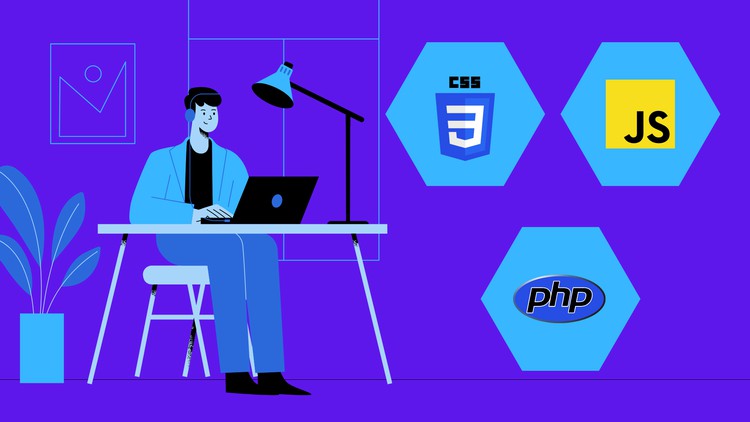
There are a ton of extraordinary organizations showing kids how to code at this moment, so we regularly hear, “Which isolates Tynker from the pack?” One perspective that surfaces frequently isn’t simply the tremendous size yet the scope of our foundation and educational plan.
Just Tynker’s honor winning substance is custom fitted to take your kid from ages 5 to 18, kindergarten through secondary school, starting with our own special visual block coding the whole way through certifiable coding dialects.
1. What are coding dialects?
A coding language is a bunch of guidelines that produce different sorts of result utilized in PC programming to execute calculations, permitting coders to make their own applications, games, sites, and the sky is the limit from there.
Though different organizations could take a stab at acquainting more youthful children with coding dialects immediately, it’s most probable since they don’t have the devices to do in any case. The outcome is that children don’t have a solid handle on the thing they’re doing, making further developed coding troublesome and disappointing for them, some even stopped.
In any case, with Tynker, our visual rationale blocks acquaint messes with sequencing, circles, and other coding ideas so that when they’re prepared they can make a consistent change to famous coding dialects like JavaScript, Python, HTML, and CSS.
2. Tynker makes picking up coding dialects simple since we make it fun!
Tynker not just plans kids for a superior comprehension of coding dialects, yet we likewise have a superior strategy for instructing them. Since individuals will generally retain data all the more productively when they’re keen regarding a matter, Tynker utilizes a story-driven course model to make gamified encounters.
This makes getting the hang of coding dialects energizing by propelling kids to accomplish other things and more to figure out what occurs next in the story, while they naturally get key central coding ideas en route.
3. Getting everything rolling with coding dialects
Children and teenagers can start their coding process any place they feel generally happy with, contingent upon their age and experience level. We typically suggest starting with our extraordinary block-based visual programming language prior to continuing on toward a text-based programming language.
The advantage of presenting children to programming dialects early is that the linguistic structure resembles the punctuation of an unknown dialect, and the prior kids are presented to a language, the simpler it is for them to get.
4. Learn Python
Python is a famous programming language frequently used to make web applications, further develop work processes, and handle huge information. It chips away at various stages including Windows, Linux, and Macintosh, and is many times positioned as the most popular coding expertise accessible — even above JavaScript.
- Make a Tynker account.
- Attempt Harmful Wilderness, a tomfoolery game-based JavaScript course For nothing.
Take a Course – Python 1 and afterward Python 2. - In Harmful Wilderness, coders learn Python by settling 20 cool coding riddles to save a drifting island from poisonous murkiness while likewise learning center coding ideas like circles and conditionals.
Python 1 (Introduction to Python, ages 12+) – Figure out how to code program based games utilizing Python, pen drawing, and Turtle designs. Fabricate Python games and 8 small games with 115 programming exercises and 48 coding puzzles.
Python 2 (Genuine Python, ages 13+) – Figure out how to take care of certifiable issues with a speedy prologue to Python. Construct and offer innovative projects, pick up troubleshooting and calculations, and tackle up to 231 programming puzzles.
5. Learn JavaScript
JavaScript is the go-to programming language for the web. Since it’s further developed than HTML and CSS coding, it’s really smart to make heads or tails of these two dialects before kids move to more inside and out choices like JavaScript.
In Counter Hack, fun riddle exercises show center programming ideas like circles and conditionals, as well as JavaScript language structure, so coders can erase infections, settle labyrinths, and explore through entries to save a PC.
6. Learn HTML and CSS
HTML (Hypertext markup language) shapes the reason for website pages and is an extraordinary spot to begin learning the fundamentals of code. Despite the fact that HTML isn’t in fact a programming language, it’s ideal to present key coding thoughts in a basic, simple to-follow design.
CSS (Flowing templates) is utilized to characterize how HTML content shows up on site pages, allowing coders to add foundation and text tones, text arrangement, textual style types, and text dimensions.
In our Introduction to Web Improvement course, adolescents will figure out how to make responsive site pages utilizing HTML and CSS with 10 modules. They’ll figure out how to construct a photograph exhibition and an Instagram clone, add hyperlinks, install video and sound, and substantially more.


